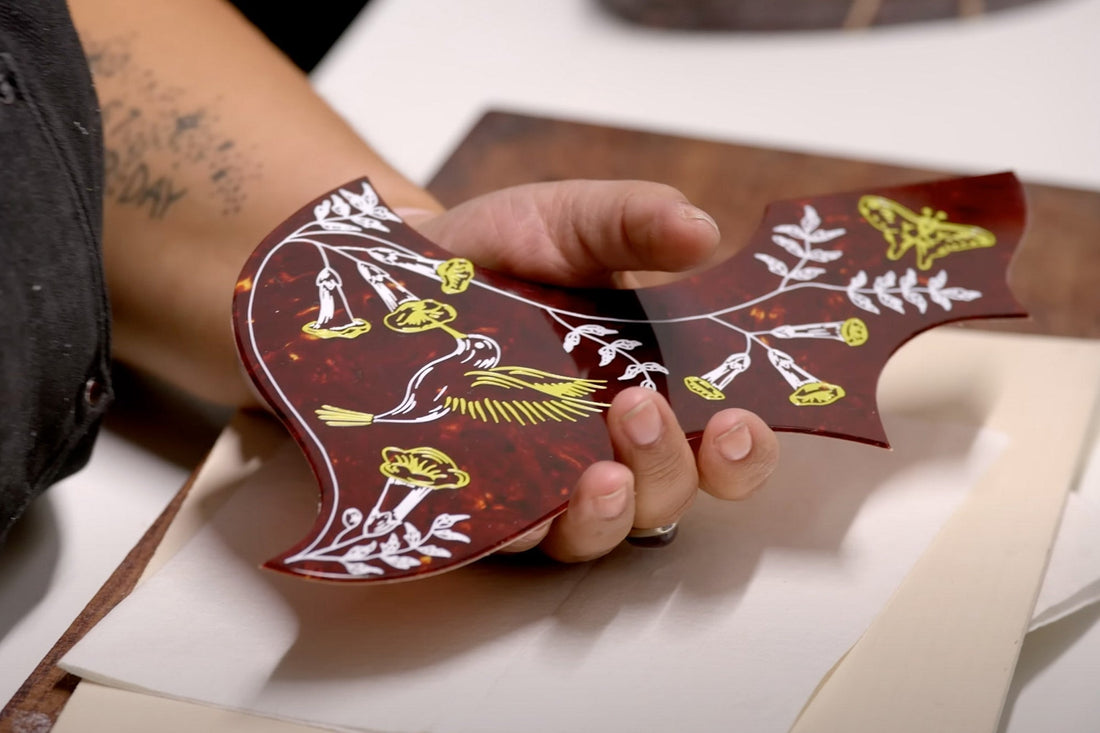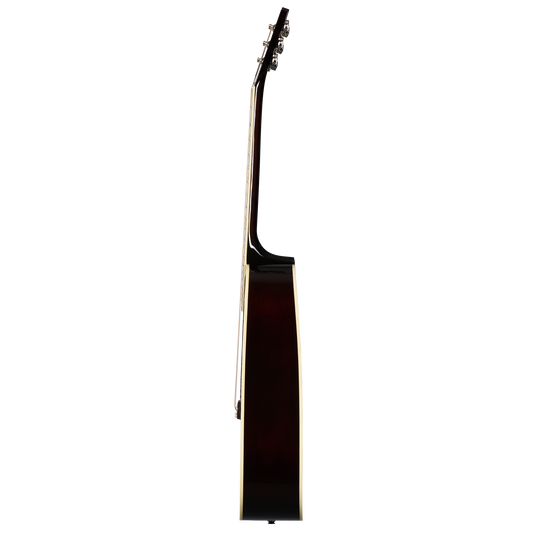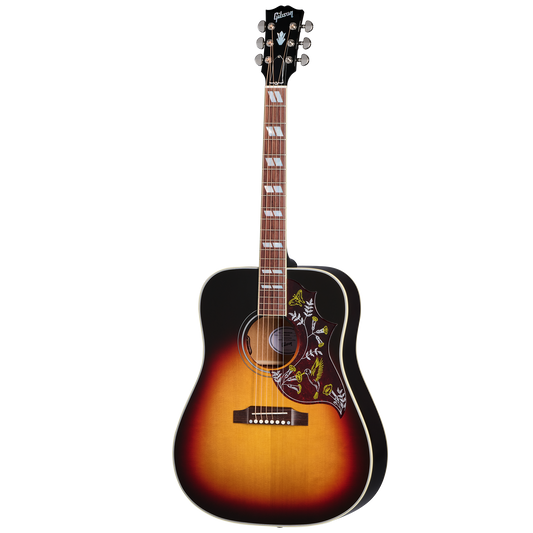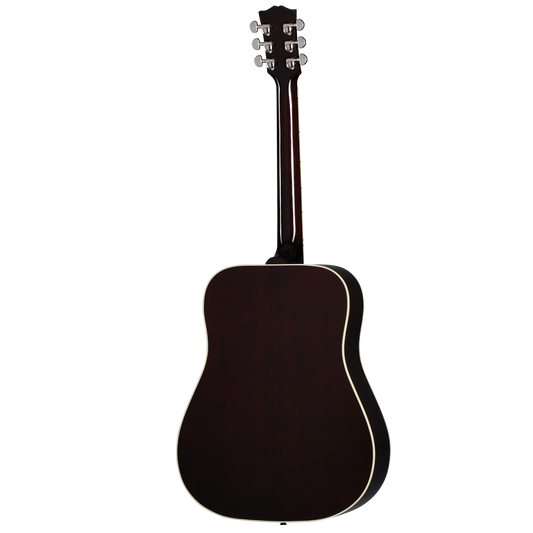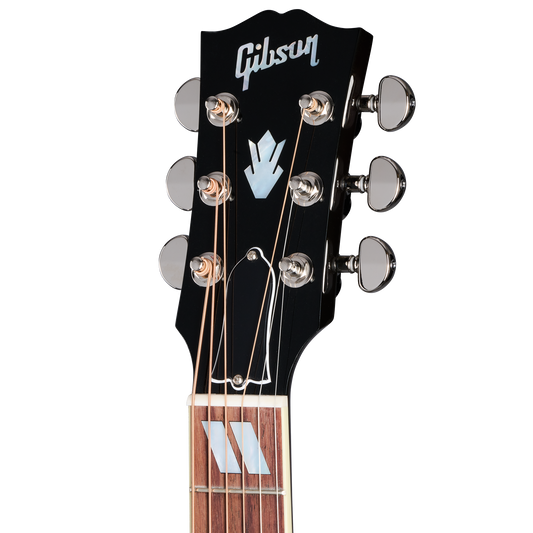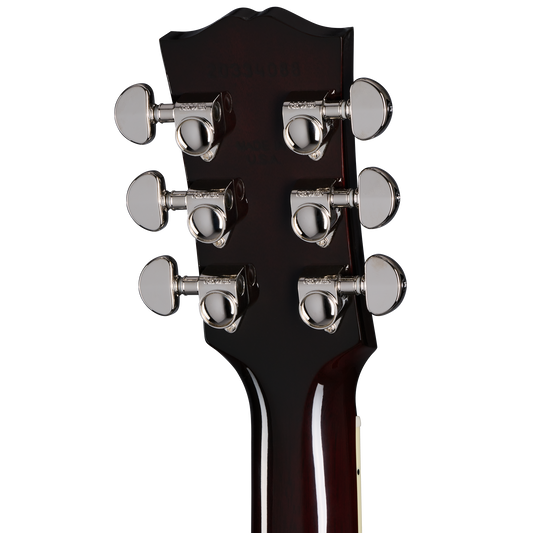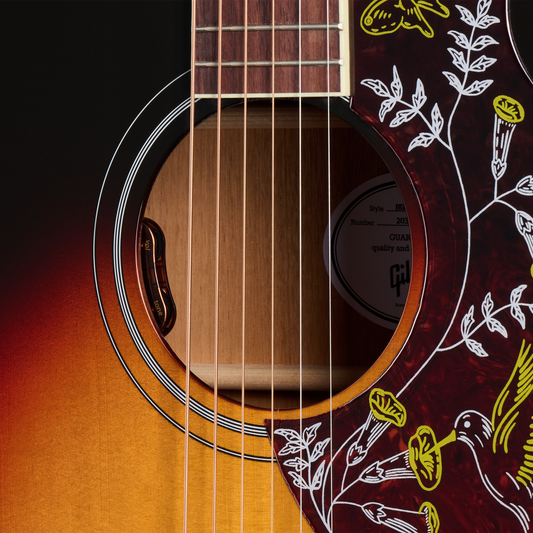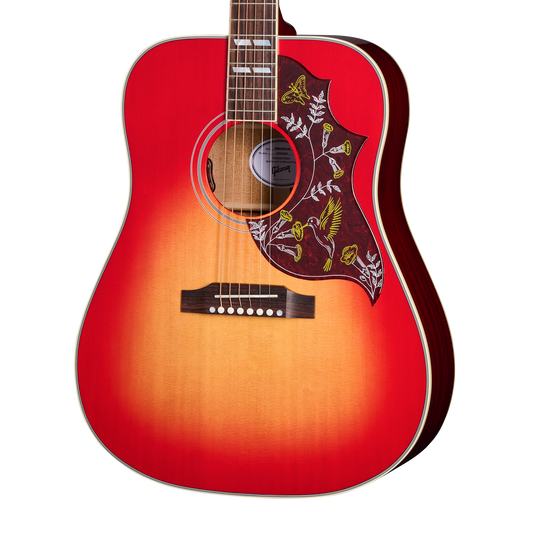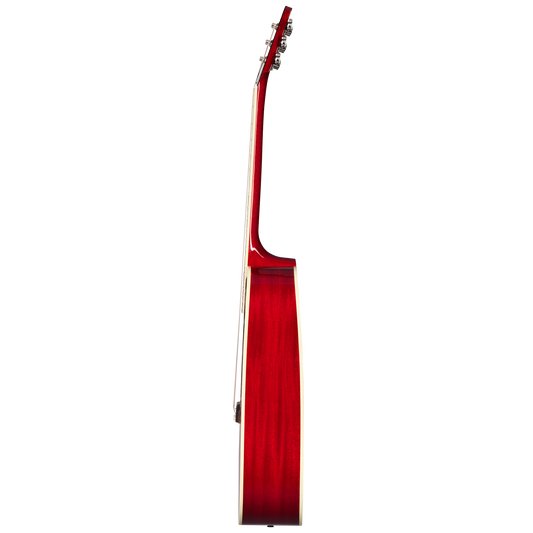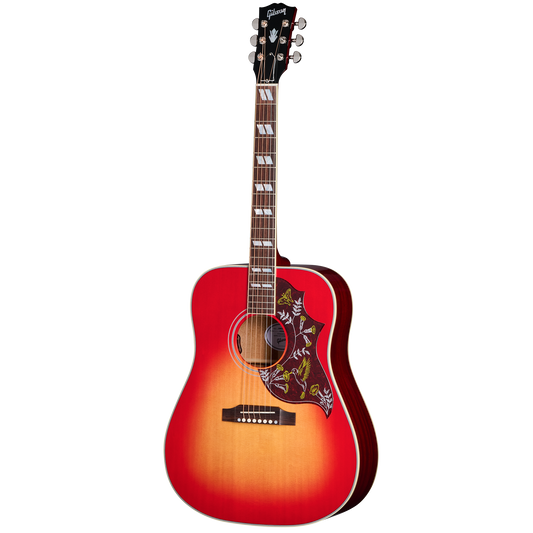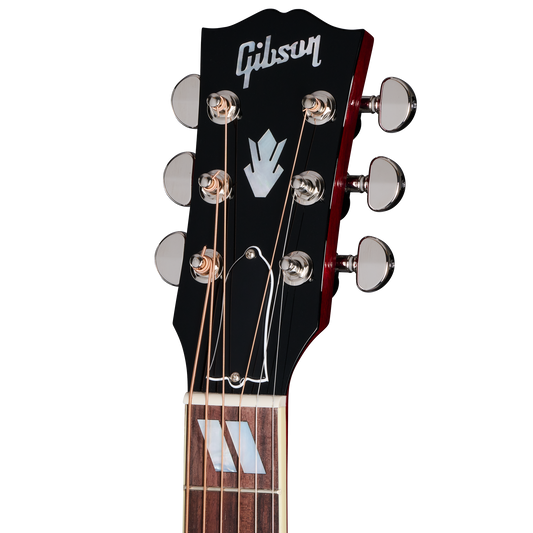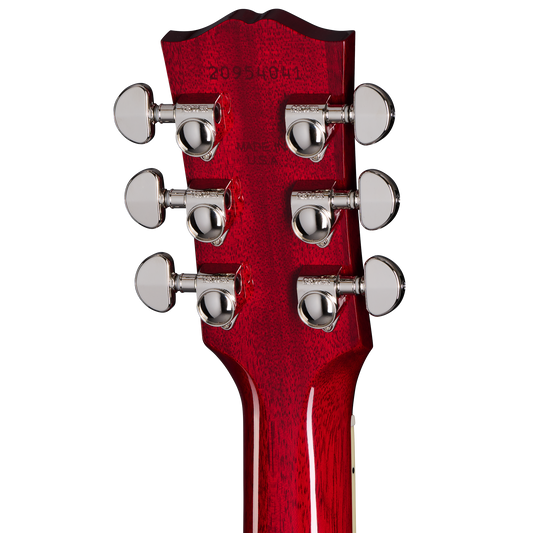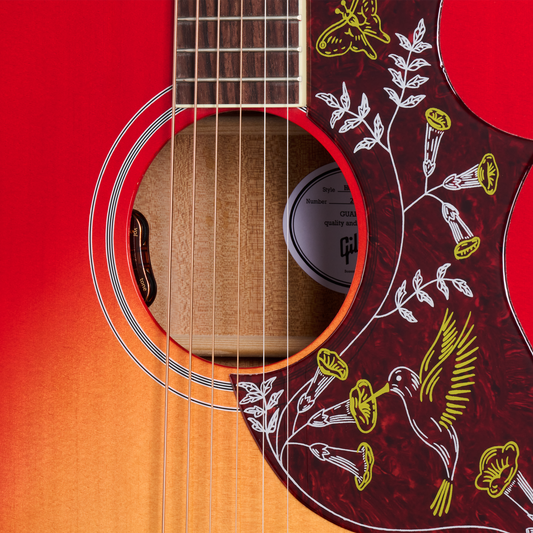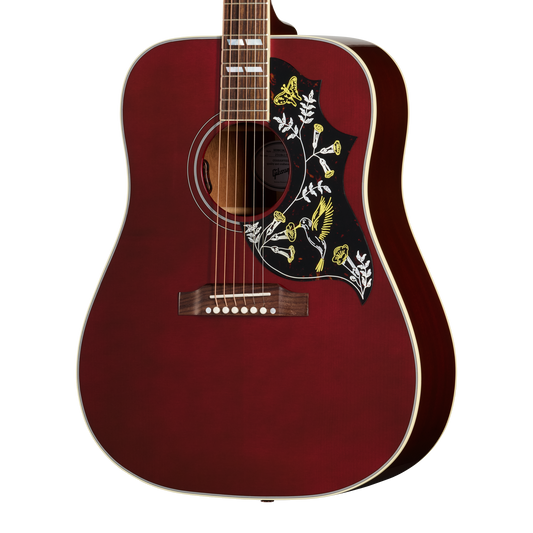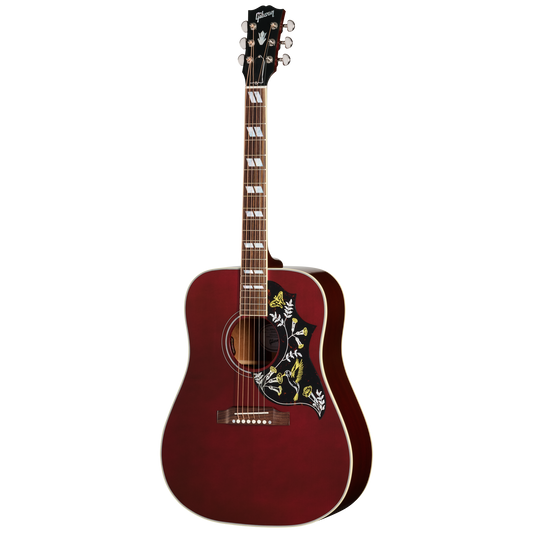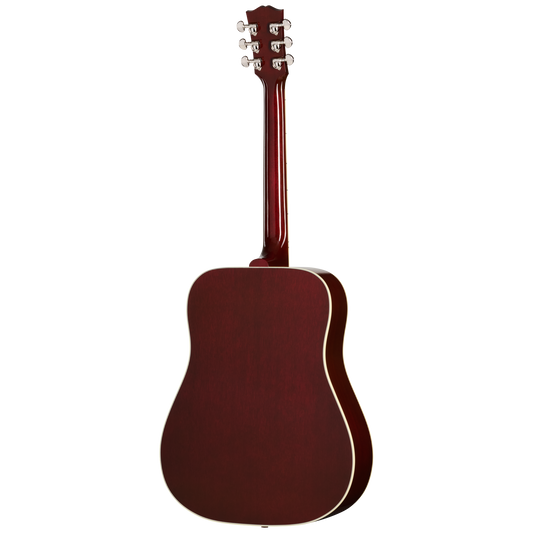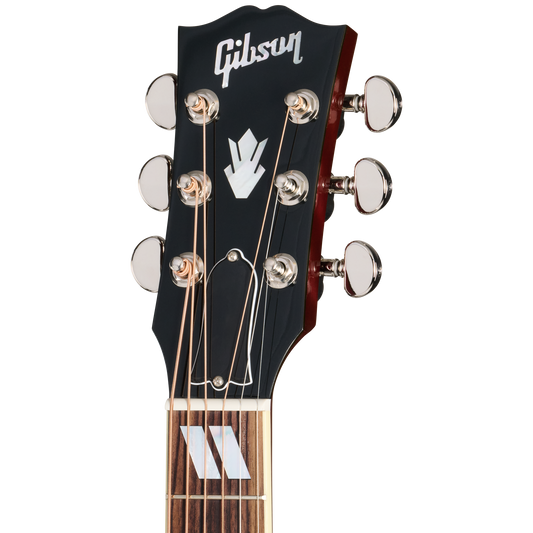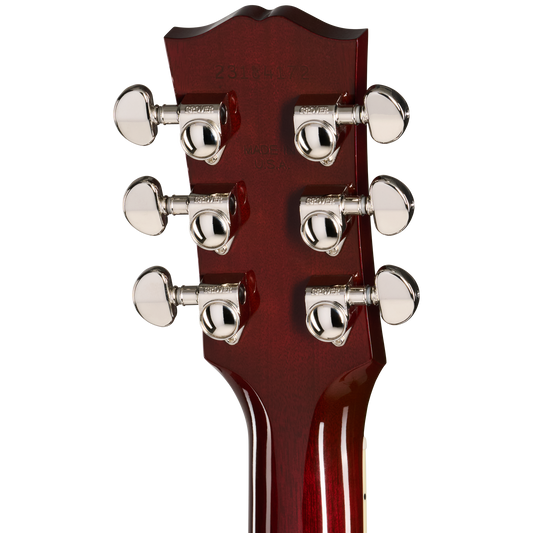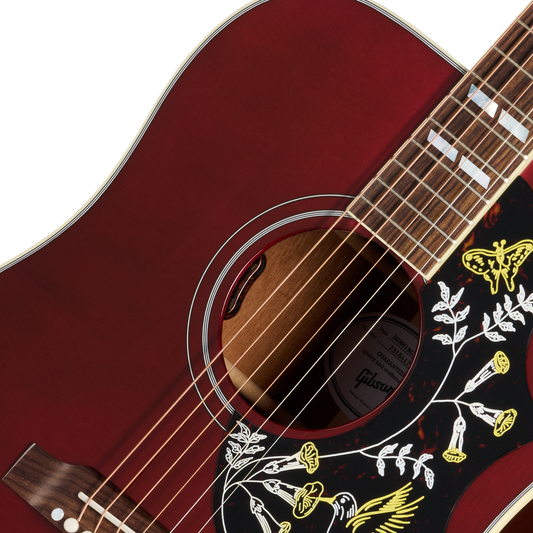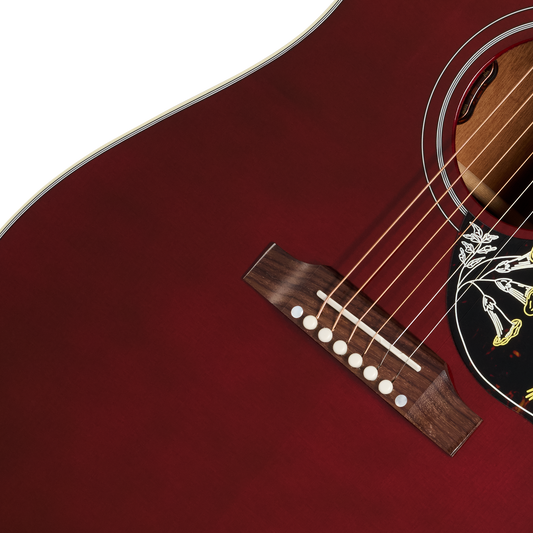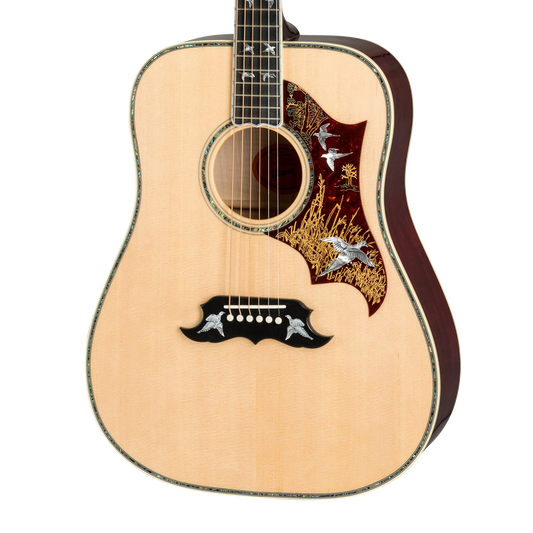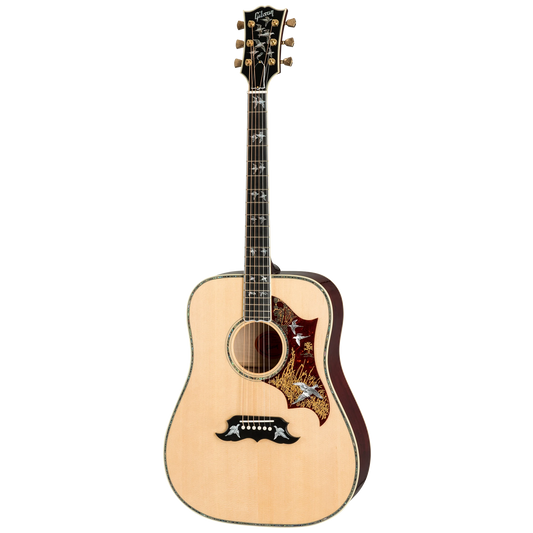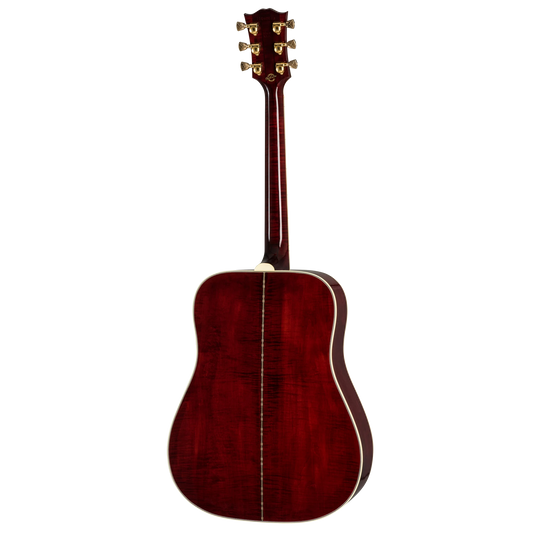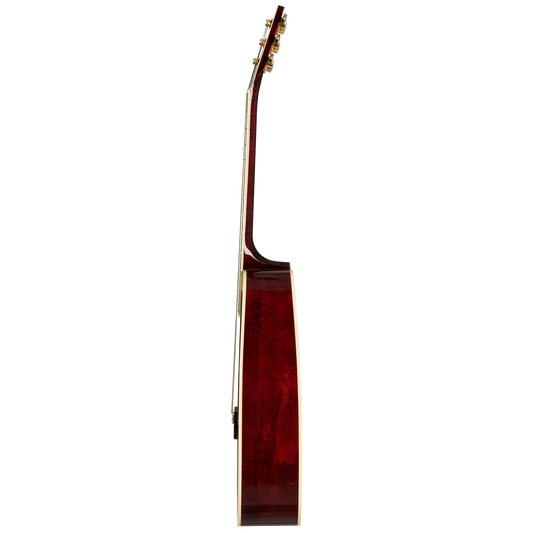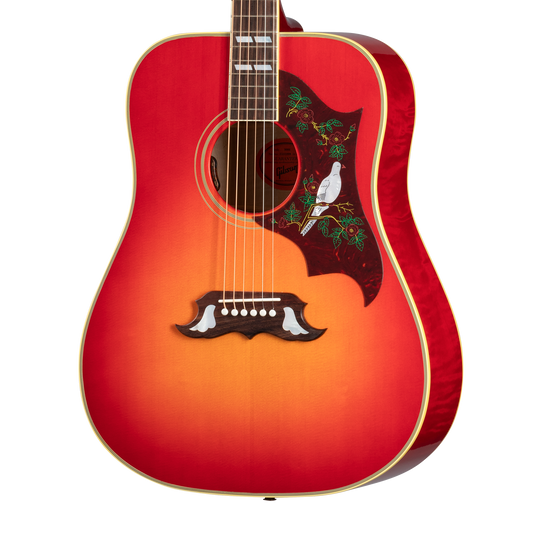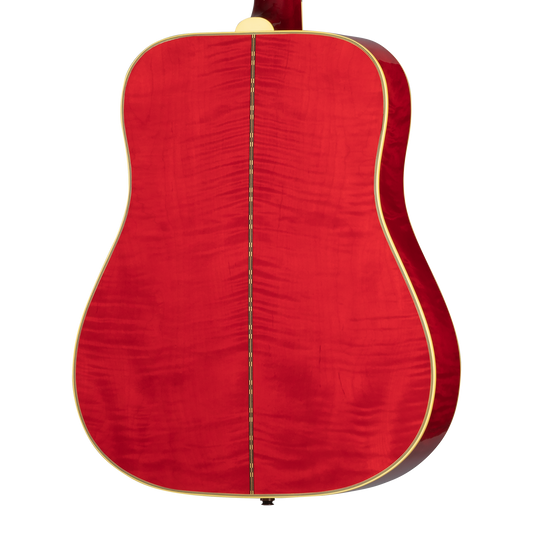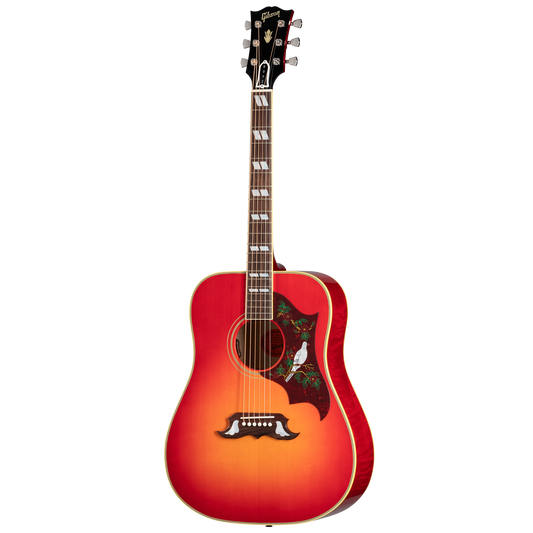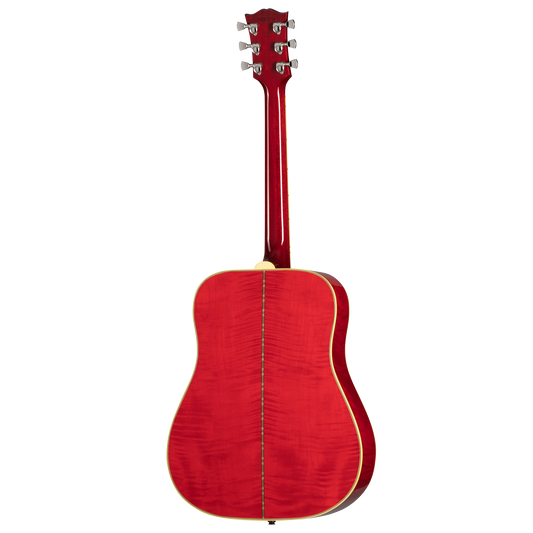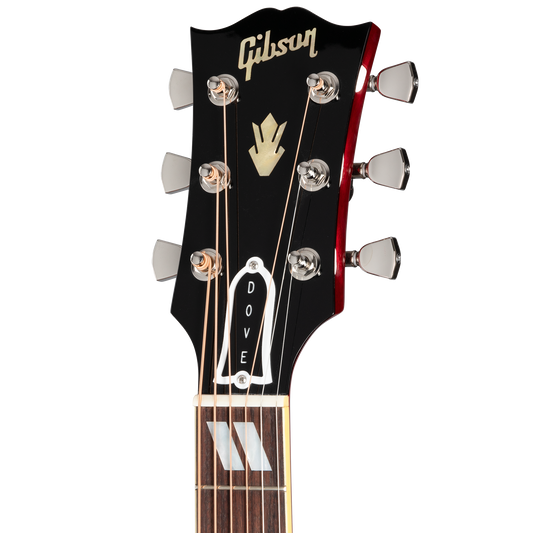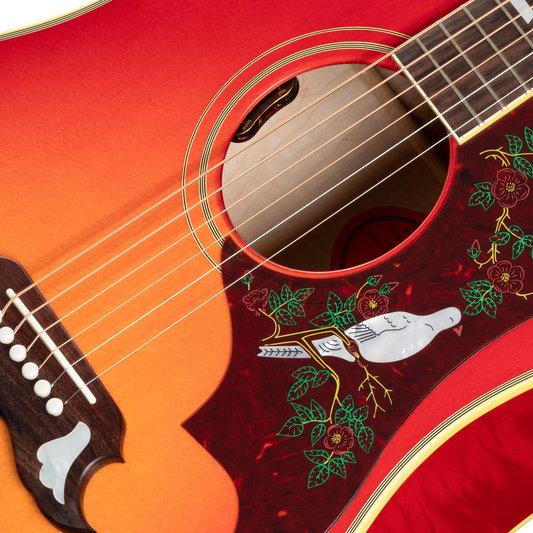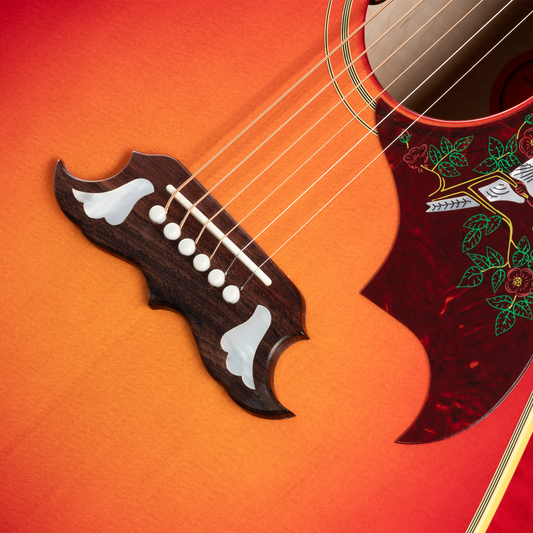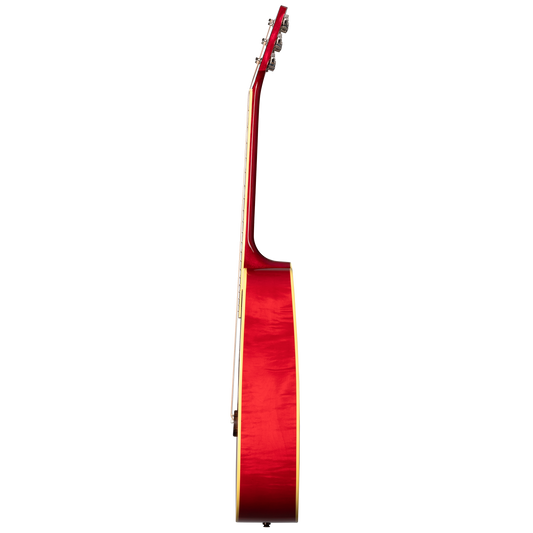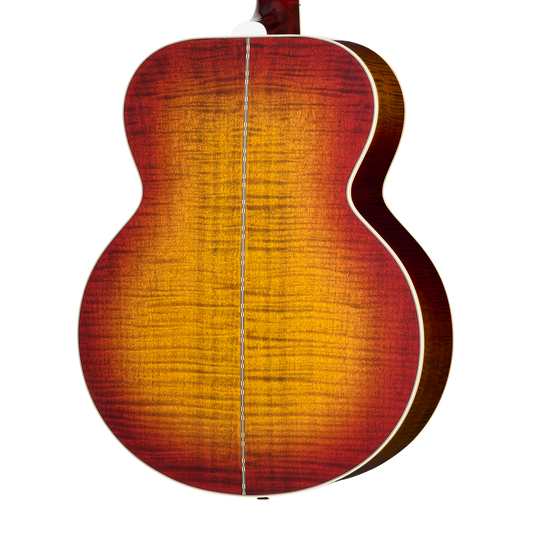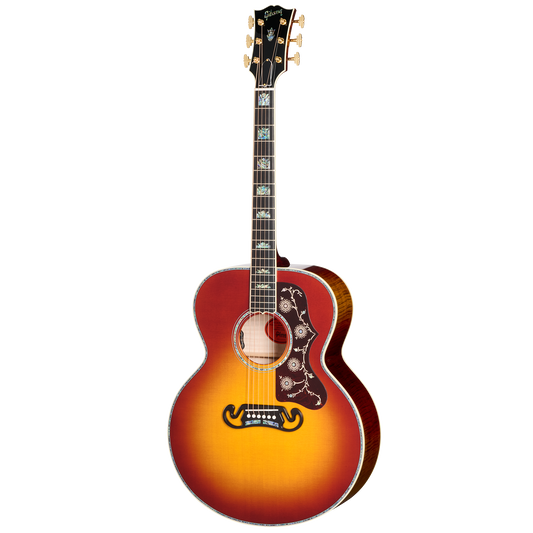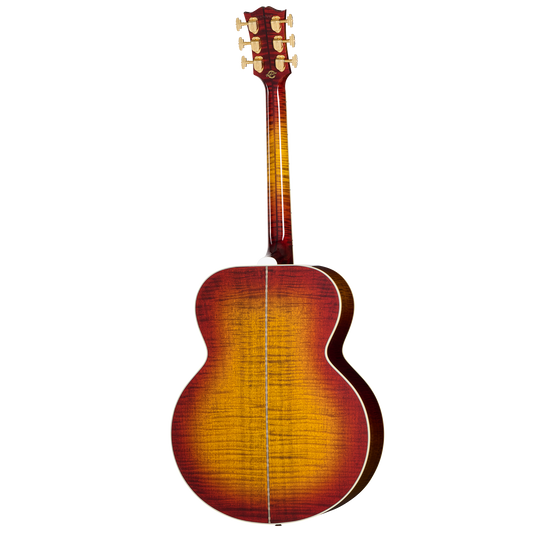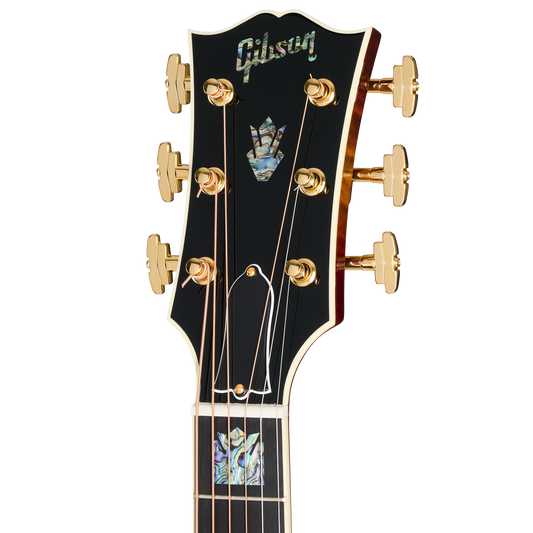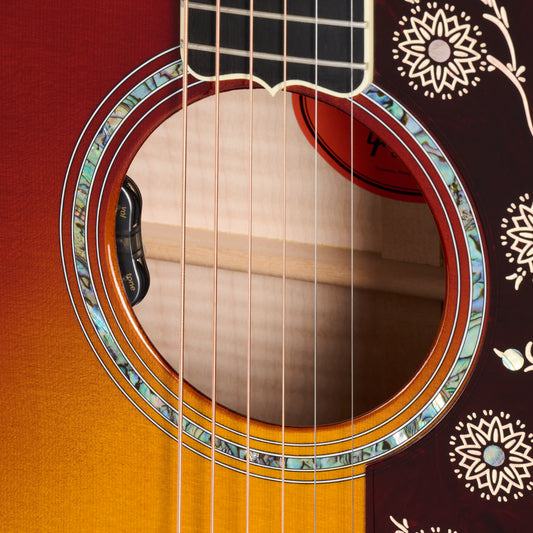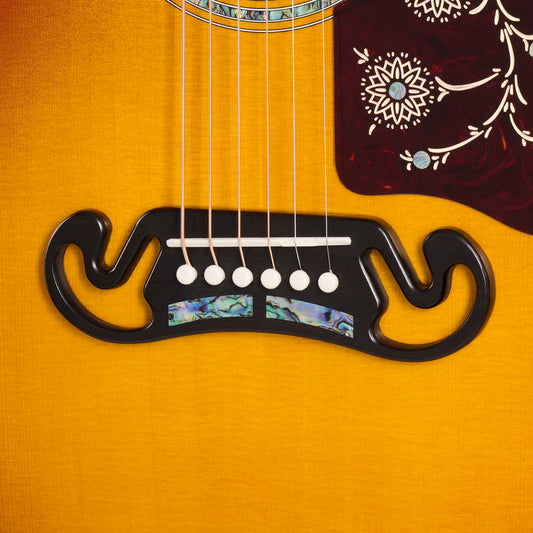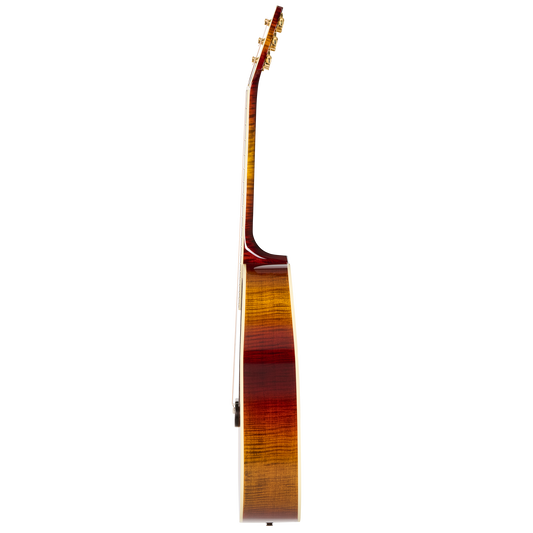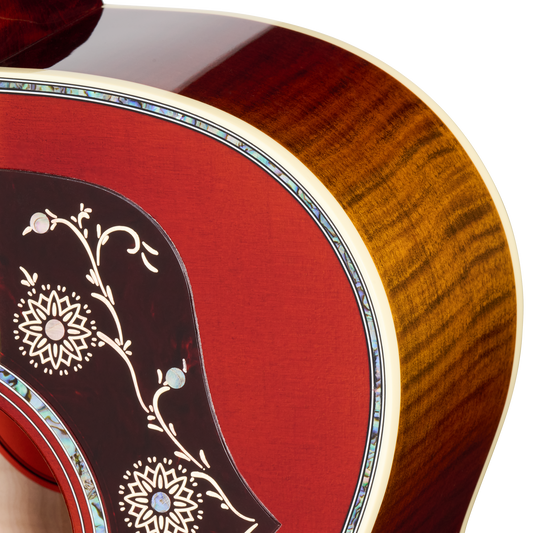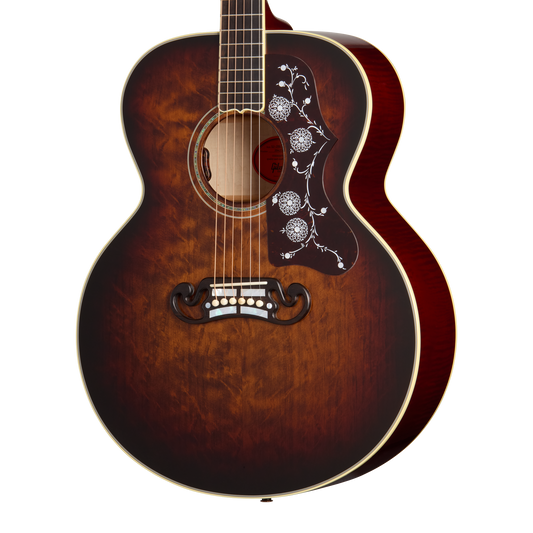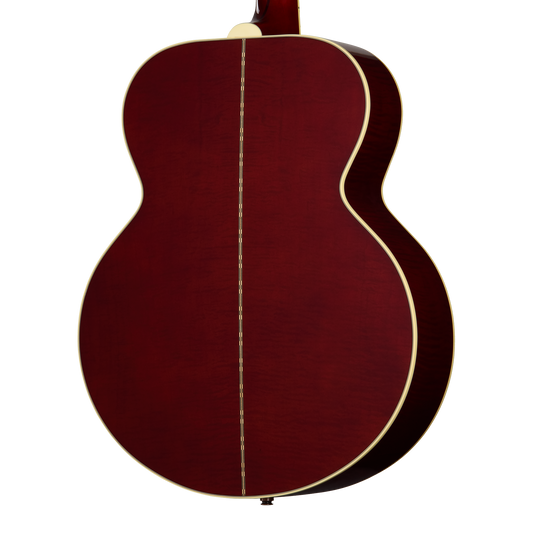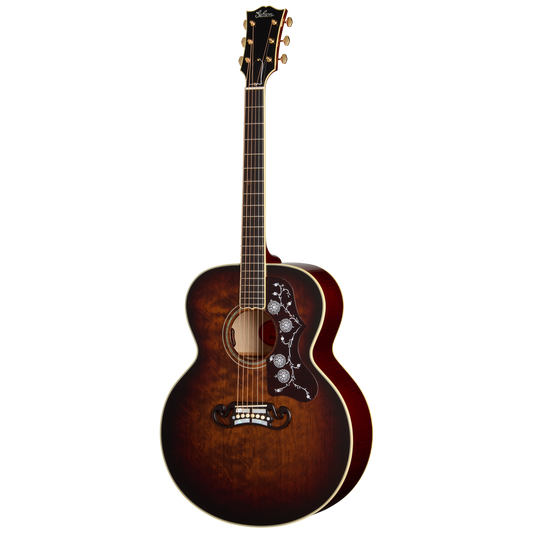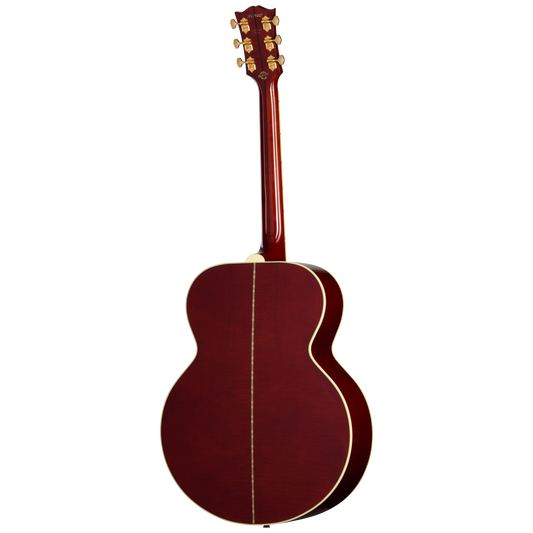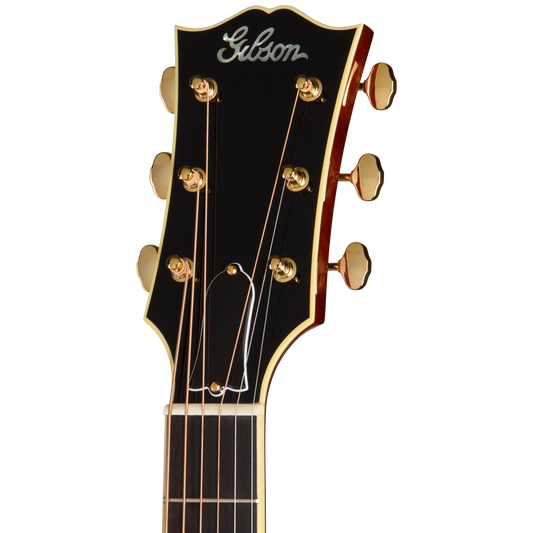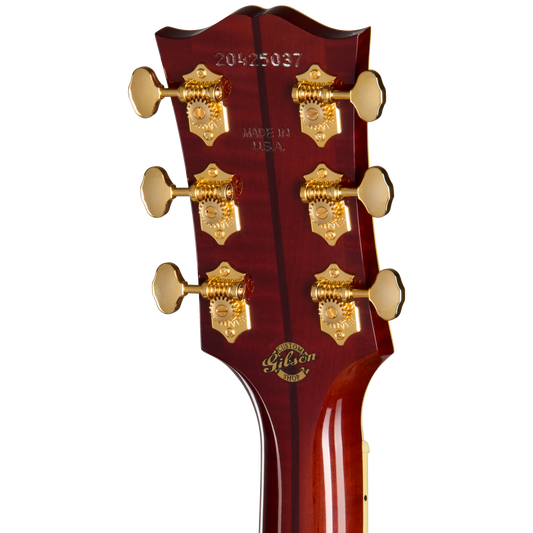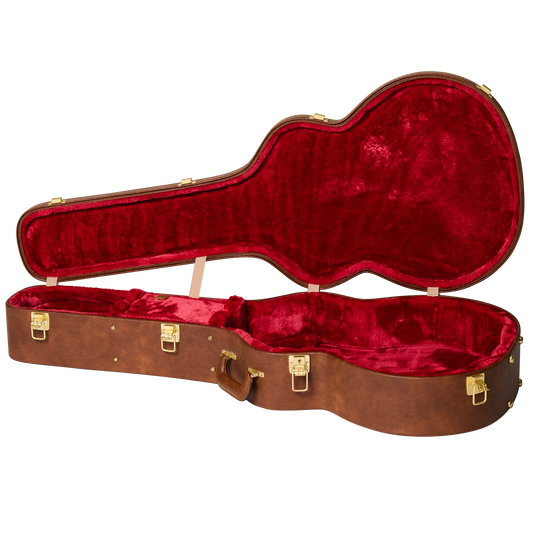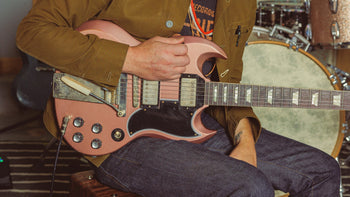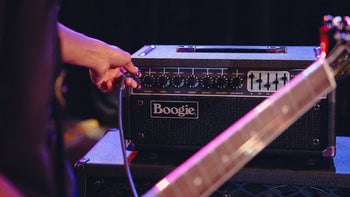In The Process, Season 2, Episode 13, we show you how Gibson acoustic guitar pickguards are made at the craftory in Bozeman, Montana, and how they combine history, artistry, and craftsmanship
Pickguards on your Gibson acoustic guitars aren’t just there to protect your guitar from scratches. They’re part of the instrument’s DNA . From the engraved Hummingbird and Dove designs to the teardrop guards seen on vintage J-45s, these details have become as iconic as the guitars themselves and are instantly recognizable. In this 13th episode of season two of the Gibson TV series, The Process, you’ll get an inside look at how Gibson pickguards—or scratchplates as they’re known in the UK—are designed, crafted, engraved, and hand-finished at the acoustic craftory in Bozeman, Montana.
You’ll also learn about the history and significance of bird imagery in Gibson guitar design from Mat Koehler, Vice President of Product at Gibson. For example, did you know that in the 1930s, the Kel Kroydon house-brand models were decorated with toucans? This led to the Gibson Kalamazoo Oriole model and Hartford Snider’s original engraved hummingbird artwork, which appeared in the late 1950s. These designs aren’t just decoration—they’ve become lasting symbols of Gibson acoustic identity and part of the DNA of the guitar.
If you’re watching via the Gibson Gazette, here are the timestamps:
0:00 Gibson acoustic pickguards
1:15 Why Gibson uses bird imagery on pickguards2:29 What separates Gibson acoustic guitars from other brands
3:09 The most iconic Gibson acoustic pickguards
3:47 Variations on Gibson acoustic pickguards
4:21 Meet Jason Jones, Master Engraver
5:25 What are Gibson acoustic pickguards made from?
6:23 How are Gibson acoustic pickguards made?
7:01 Meet MJ Charles, Lead Pickguard Technician
7:34 Gibson Historic Collection pickguards
8:12 Taking pride in creating your Gibson acoustic guitars
What is a guitar pickguard?
A pickguard (or scratchplate depending on whether you live in the USA or UK) is a piece of material fitted to the soundboard of an acoustic guitar to protect it from wear caused by a player’s pick or scratches, hence the name. It literally guards your guitar against the pick. But at Gibson, pickguards go far beyond function—they’re works of art in their own right.
Whether it’s that iconic, yet simple J-45™ acoustic guitar pickguard or the ornate engraved Hummingbird™ and Dove™ designs, pickguards define the look and personality of Gibson acoustic guitars. You instantly know what model it is from the pickguard alone. Now you can watch as we see how some pickguards at Gibson are created with cellulose nitrate—a vintage-style material made in Italy, shipped in massive blocks, then sliced and cured before being shaped in Bozeman. You can also see how others feature mother-of-pearl and abalone inlays, engraved and hand-painted for your Gibson Custom and Historic guitars.
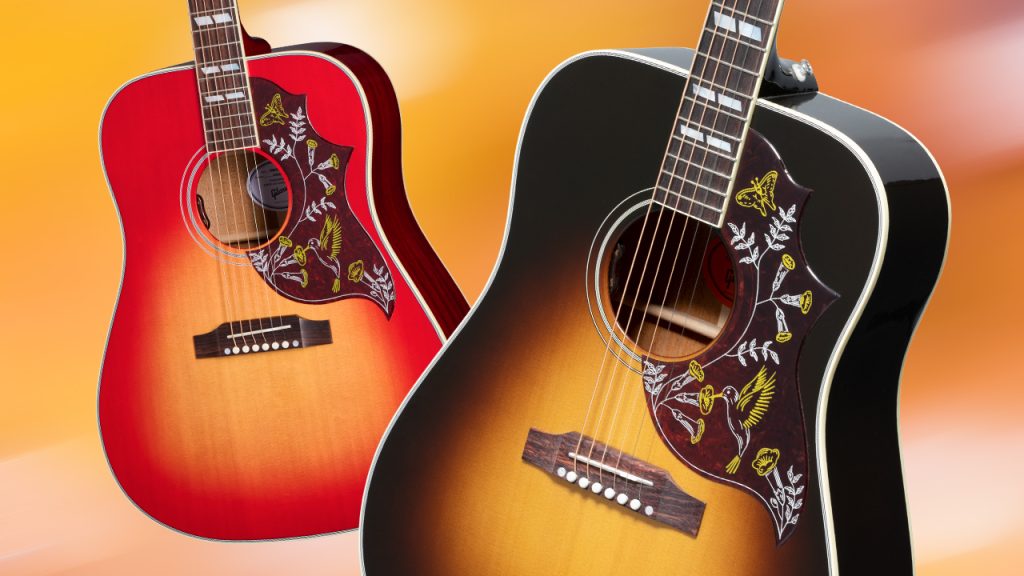
What’s so special about Gibson pickguards? How are Gibson acoustic guitar pickguards made?
Every Gibson acoustic pickguard involves careful, hand-intensive work. A variety of processes are used, ranging from hot-stamp embossing with colored foils to CNC engraving and freehand etching with specialized tools. Master engraver Jason Jones explains, “No two pickguards are the same. I do everything freehand. If I have an idea, I’ll change the engraving a little bit… every inlay is completely original, completely different, and has its own identity.”
Jones uses a pneumatic “turbo engraver” with a diamond tip to cut designs into the inlays. “It’s not simply like taking a pen and making a mark,” he says. “You’re using a rotating diamond bit, and you want to make sure that you’re drawing a clean line. It’s very easy to go off track. I call it dynamic tension… otherwise, the bit can grab a hold of a soft piece of shell and run away with you.”
Lead pickguard technician MJ Charles says, “I get the pickguards from the CNC with the cavities already prepared for me to put the inlay in. Some of it is mother-of-pearl and some of it is abalone. I glue it in, let it dry, then I will hand sand it down, level it off, buff it out, and prepare it for engraving.”
That’s the level of detail that goes into your Gibson acoustic guitar.
A tradition of detail
On Historic Collection guitars like the 1957 SJ-200™ and 60s Hummingbird, Gibson still uses molds rescued from the original Kalamazoo factory. These guards are cast, then hand-painted by artists and luthiers in Bozeman. Don Ruffatto from Gibson Acoustic explains, “We still use the molds from the original Kalamazoo factory, so today’s guitars carry on the legacy of the 1950s and 60s designs that made these pickguards famous. It’s a really unique look. And just the amount of handwork that goes into the pickguard is astronomical.”
Jason Jones concludes, “There’s no mistaking a Gibson guitar. You can see it a mile away. I take pride in upholding that tradition while giving my own flavor and my own artistic intuition to the designs to carry on that Gibson tradition.”
Watch other episodes of The Process and check out the full range of Gibson Acoustic guitars.
